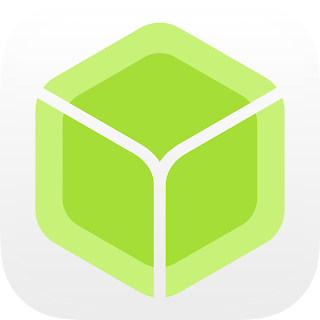

- #BALENAETCHER BLANK SCREEN ISO#
- #BALENAETCHER BLANK SCREEN ZIP#
- #BALENAETCHER BLANK SCREEN DOWNLOAD#
This cookie is set by GDPR Cookie Consent plugin. The cookie is used to store the user consent for the cookies in the category "Other. The cookies is used to store the user consent for the cookies in the category "Necessary". The cookie is set by GDPR cookie consent to record the user consent for the cookies in the category "Functional". The cookie is used to store the user consent for the cookies in the category "Analytics". These cookies ensure basic functionalities and security features of the website, anonymously. Necessary cookies are absolutely essential for the website to function properly.

#BALENAETCHER BLANK SCREEN ISO#
However, it works flawlessly for Linux ISO images such as Ubuntu and Mint. Besides it may not be able create working bootable Windows USB drives.
#BALENAETCHER BLANK SCREEN DOWNLOAD#
And if you select a non-bootable ISO image, it informs you that resulting USB drive won’t be able to boot.Ĭonclusion: balenaEtcher uses Electron framework for development which makes the download around 75MB which is huge compared to other similar tools like Rufus which is less than 1MB in size. Through this process, balenaEtcher guides you by giving you useful information, for example, if you select a Windows ISO image, it tells you to use other better tools like Rufus instead. And finally click on the Flash button to create the bootable USB drive. After this you can click on the Select drive button to pick a USB drive attached to your PC.
#BALENAETCHER BLANK SCREEN ZIP#
You can choose ISO, IMG, ZIP and many other types of images that are more popular with Linux users. In the user interface, you can begin simply by clicking on Select image button. It is the extremely easy to use – you simply have to select an ISO image, select a target USB drive and then it will take care of everything else. If you want a simpler and easier to use tool, then you can try balenaEtcher. But Rufus has too many options that can confuse you.

But now USB flash drives are more popular and can be used for your bootable media.Įverybody knows about Rufus that can be used to create bootable USB drives from ISO image files. But once you download the ISO image, what can you do with it? A few years ago, people used to burn the ISO image to a blank CD or DVD to create bootable optical disks. This method of distributing operating systems has become to popular that few years ago Microsoft also started to make Windows ISO available for everyone. Knoppix Linux was the first one to make Live CD ISO images available for everyone. There was a time when only Linux distributions were available in the form of bootable ISO images.


 0 kommentar(er)
0 kommentar(er)
